-
 bitcoin
bitcoin $108842.957301 USD
-1.88% -
 ethereum
ethereum $3931.777121 USD
-1.66% -
 tether
tether $1.000186 USD
-0.03% -
 bnb
bnb $1153.250882 USD
-2.20% -
 xrp
xrp $2.367904 USD
-1.94% -
 solana
solana $186.182050 USD
-4.20% -
 usd-coin
usd-coin $0.999997 USD
0.00% -
 tron
tron $0.316949 USD
-1.00% -
 dogecoin
dogecoin $0.190780 USD
-3.12% -
 cardano
cardano $0.651324 USD
-2.67% -
 hyperliquid
hyperliquid $37.141055 USD
-0.85% -
 ethena-usde
ethena-usde $0.999224 USD
-0.09% -
 chainlink
chainlink $17.579031 USD
-2.47% -
 bitcoin-cash
bitcoin-cash $509.426284 USD
-2.79% -
 stellar
stellar $0.315298 USD
-2.93%
What is a "gas fee" for an NFT?
Gas fees are essential for NFT transactions on blockchains like Ethereum, compensating validators for computational work; they fluctuate based on network demand and transaction complexity, impacting costs for minting, trading, and transferring NFTs.
Oct 14, 2025 at 08:55 pm

Understanding Gas Fees in the NFT Ecosystem
1. A gas fee refers to the cost required to conduct a transaction or execute a smart contract on a blockchain network, particularly Ethereum, which is the most widely used platform for NFTs. Every action, from minting an NFT to transferring ownership, demands computational resources, and users must pay gas fees to compensate the network validators or miners for their work.
2. These fees are denominated in the native cryptocurrency of the blockchain—on Ethereum, this is ether (ETH). The amount fluctuates based on network congestion. During periods of high activity, such as popular NFT drops or market surges, demand for block space increases, driving up gas prices significantly.
3. Gas fees are not set by NFT creators or marketplaces but are determined algorithmically by the blockchain itself. Users can sometimes adjust the priority of their transaction by setting a higher gas price, ensuring faster processing, though this results in higher costs.
4. Different actions incur different gas costs. Minting a new NFT typically requires more computational power than transferring an existing one, leading to higher fees. Interacting with complex smart contracts, especially those involving royalties or conditional logic, also increases the gas required.
5. Secondary sales on decentralized marketplaces like OpenSea or LooksRare involve gas fees as well. Even if the sale is facilitated through a peer-to-peer offer, blockchain validation is still necessary, meaning gas must be paid by the party executing the transaction, often the buyer or seller depending on the platform’s design.
Factors Influencing Gas Fee Amounts
1. Network congestion plays a pivotal role in determining gas prices. When thousands of users attempt to mint or trade NFTs simultaneously, the limited block space causes competition, pushing fees upward. Tools like Ethereum’s gas trackers allow users to monitor real-time pricing and choose optimal times for transactions.
2. The complexity of the smart contract being executed affects the total gas consumed. An NFT collection using dynamic metadata or on-chain generative art may require more operations than a standard ERC-721 token, resulting in higher fees.
3. Wallet settings allow users to customize gas limits and prices. Setting a low gas price might reduce immediate costs but risks transaction failure or long delays. Conversely, overpaying leads to unnecessary expenditure, making it crucial to find a balance.
4. Layer 2 solutions such as Polygon or Arbitrum have emerged to mitigate high gas fees. These networks process transactions off the main Ethereum chain and later settle them on-chain, drastically reducing costs. Many NFT projects now deploy across multiple chains to improve accessibility.
5. Some NFT platforms implement 'lazy minting,' where the creation of the token is deferred until the point of purchase. This shifts the gas burden from the creator to the buyer, enabling artists to list NFTs without upfront costs.
Strategies to Minimize Gas Expenses
1. Timing transactions during off-peak hours—typically late at night or early morning UTC—can lead to substantially lower gas fees. Monitoring historical data helps identify patterns in network usage and cost fluctuations.
2. Utilizing Layer 2 blockchains reduces dependency on Ethereum’s mainnet. NFTs minted on Polygon, for instance, often incur fees less than $0.01, compared to several dollars on Ethereum during peak times.
3. Batch processing allows multiple NFT transfers or mints within a single transaction, consolidating gas costs. Certain marketplaces and tools support bulk actions, optimizing efficiency for collectors and creators alike.
4. Choosing wallets with advanced gas estimation features enables better decision-making. Platforms like MetaMask provide suggested fees based on speed preferences: slow, average, or fast, helping users align cost with urgency.
Gas fees remain a fundamental component of blockchain-based NFT transactions, reflecting the underlying economics of decentralized networks. Understanding how they function empowers participants to navigate the ecosystem more efficiently and avoid unexpected expenses.Frequently Asked Questions
What happens if I don’t pay enough gas for my NFT transaction?If the gas limit is too low, the network will reject the transaction. The gas already spent is non-refundable, as computational resources were used attempting execution. The transaction fails, but funds tied to it are returned, minus the lost gas.
Can gas fees be completely avoided when dealing with NFTs?On public blockchains like Ethereum, gas fees cannot be entirely avoided because they fund network security and operation. However, using sidechains or Layer 2 networks where fees are minimal gives the impression of gas-free transactions, though small costs still exist.
Who receives the gas fees paid during an NFT transaction?On proof-of-stake Ethereum, gas fees are distributed to stakers and validators who secure the network. In contrast, under the old proof-of-work model, miners received these payments. The fee incentivizes honest participation and maintains system integrity.
Do all NFT blockchains charge the same type of gas fee?No. While Ethereum popularized the concept, other blockchains use different models. Solana, for example, has negligible fees fixed at around 0.000005 SOL per transaction. BNB Chain and Tezos also feature lower and more predictable pricing structures compared to Ethereum’s variable market-driven fees.
Disclaimer:info@kdj.com
The information provided is not trading advice. kdj.com does not assume any responsibility for any investments made based on the information provided in this article. Cryptocurrencies are highly volatile and it is highly recommended that you invest with caution after thorough research!
If you believe that the content used on this website infringes your copyright, please contact us immediately (info@kdj.com) and we will delete it promptly.
- PAX Gold (PAXG): Riding the Crypto Gold Rush in the Digital Age
- 2025-10-18 08:25:14
- Bitcoin's Wild Ride: Crypto Crash Wipes Out $600 Billion!
- 2025-10-18 08:25:14
- Gold, Crypto, and PAXG Token: A New Yorker's Guide to Digital Gold
- 2025-10-18 08:30:14
- MrBeast's Crypto App Trademark: Banking on YouTube Fame?
- 2025-10-18 08:30:14
- ALGO, Bollinger Bands, and Bitcoin's Blues: Navigating the Downturn
- 2025-10-18 08:35:14
- HBAR Under Pressure: Geopolitical Tensions and a Weekly Decline
- 2025-10-18 06:25:13
Related knowledge
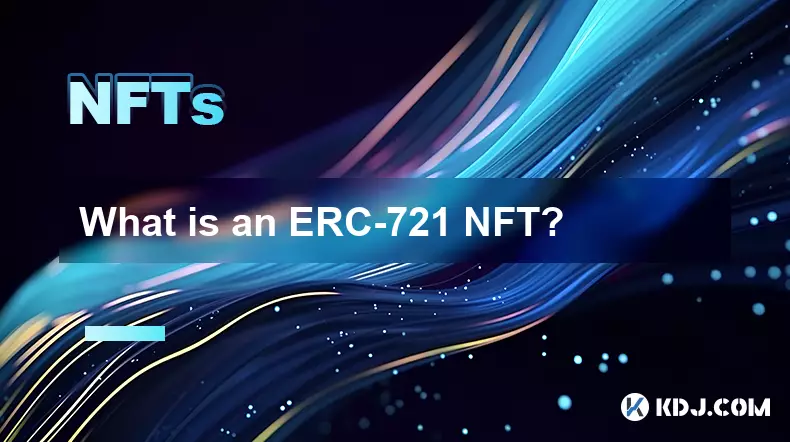
What is an ERC-721 NFT?
Oct 17,2025 at 02:00pm
Understanding ERC-721 NFTs in the Blockchain EcosystemERC-721 is a technical standard used for implementing non-fungible tokens (NFTs) on the Ethereum...
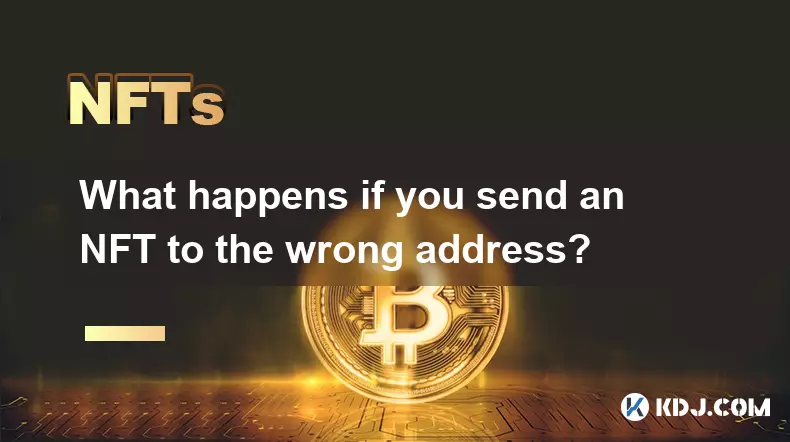
What happens if you send an NFT to the wrong address?
Oct 13,2025 at 09:17am
Understanding the Consequences of Sending an NFT to the Wrong Address1. Once an NFT is sent to a wallet address on the blockchain, the transaction is ...
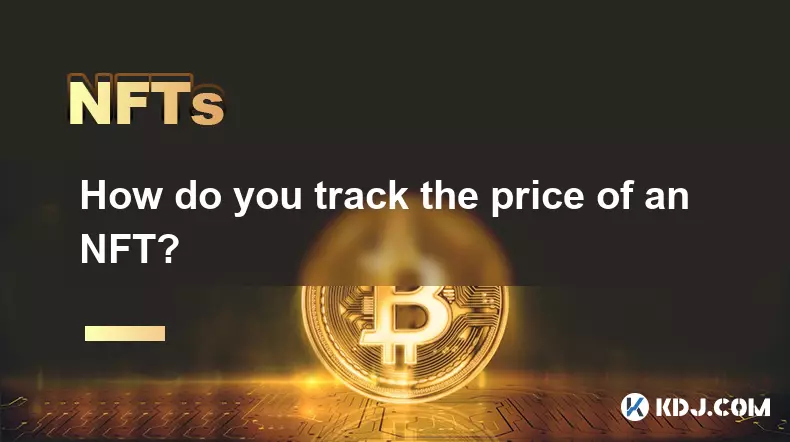
How do you track the price of an NFT?
Oct 15,2025 at 08:01pm
Understanding the Role of Decentralized Exchanges in Modern Crypto Trading1. Decentralized exchanges, commonly known as DEXs, operate without a centra...

What are the most common mistakes when buying an NFT?
Oct 17,2025 at 08:19pm
Overlooking the Authenticity of the Creator1. Many buyers rush into purchasing an NFT without verifying the legitimacy of the artist or project creato...
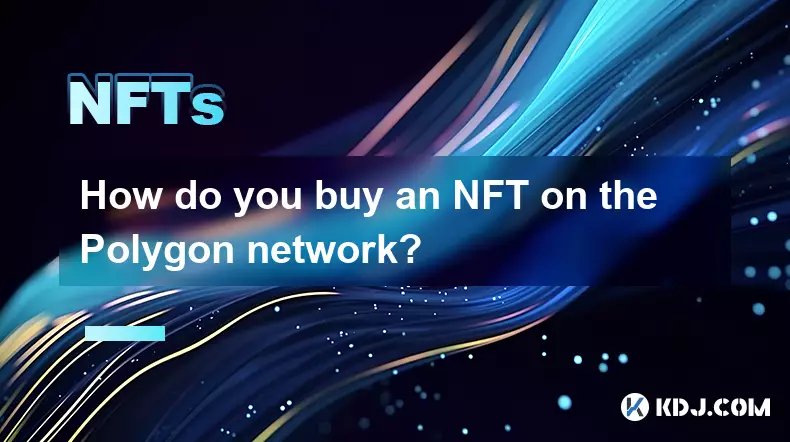
How do you buy an NFT on the Polygon network?
Oct 12,2025 at 09:54am
Understanding the Polygon Network for NFT Purchases1. The Polygon network is a Layer 2 scaling solution built on top of Ethereum, designed to reduce t...
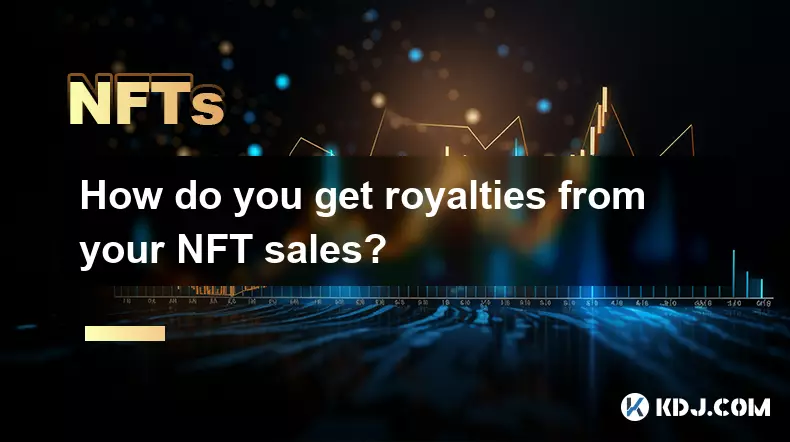
How do you get royalties from your NFT sales?
Oct 13,2025 at 02:18am
Earning Royalties Through NFT Marketplaces1. When you create an NFT, you can embed royalty terms directly into the smart contract that governs it. Thi...

What is an ERC-721 NFT?
Oct 17,2025 at 02:00pm
Understanding ERC-721 NFTs in the Blockchain EcosystemERC-721 is a technical standard used for implementing non-fungible tokens (NFTs) on the Ethereum...

What happens if you send an NFT to the wrong address?
Oct 13,2025 at 09:17am
Understanding the Consequences of Sending an NFT to the Wrong Address1. Once an NFT is sent to a wallet address on the blockchain, the transaction is ...

How do you track the price of an NFT?
Oct 15,2025 at 08:01pm
Understanding the Role of Decentralized Exchanges in Modern Crypto Trading1. Decentralized exchanges, commonly known as DEXs, operate without a centra...

What are the most common mistakes when buying an NFT?
Oct 17,2025 at 08:19pm
Overlooking the Authenticity of the Creator1. Many buyers rush into purchasing an NFT without verifying the legitimacy of the artist or project creato...

How do you buy an NFT on the Polygon network?
Oct 12,2025 at 09:54am
Understanding the Polygon Network for NFT Purchases1. The Polygon network is a Layer 2 scaling solution built on top of Ethereum, designed to reduce t...

How do you get royalties from your NFT sales?
Oct 13,2025 at 02:18am
Earning Royalties Through NFT Marketplaces1. When you create an NFT, you can embed royalty terms directly into the smart contract that governs it. Thi...
See all articles










































































